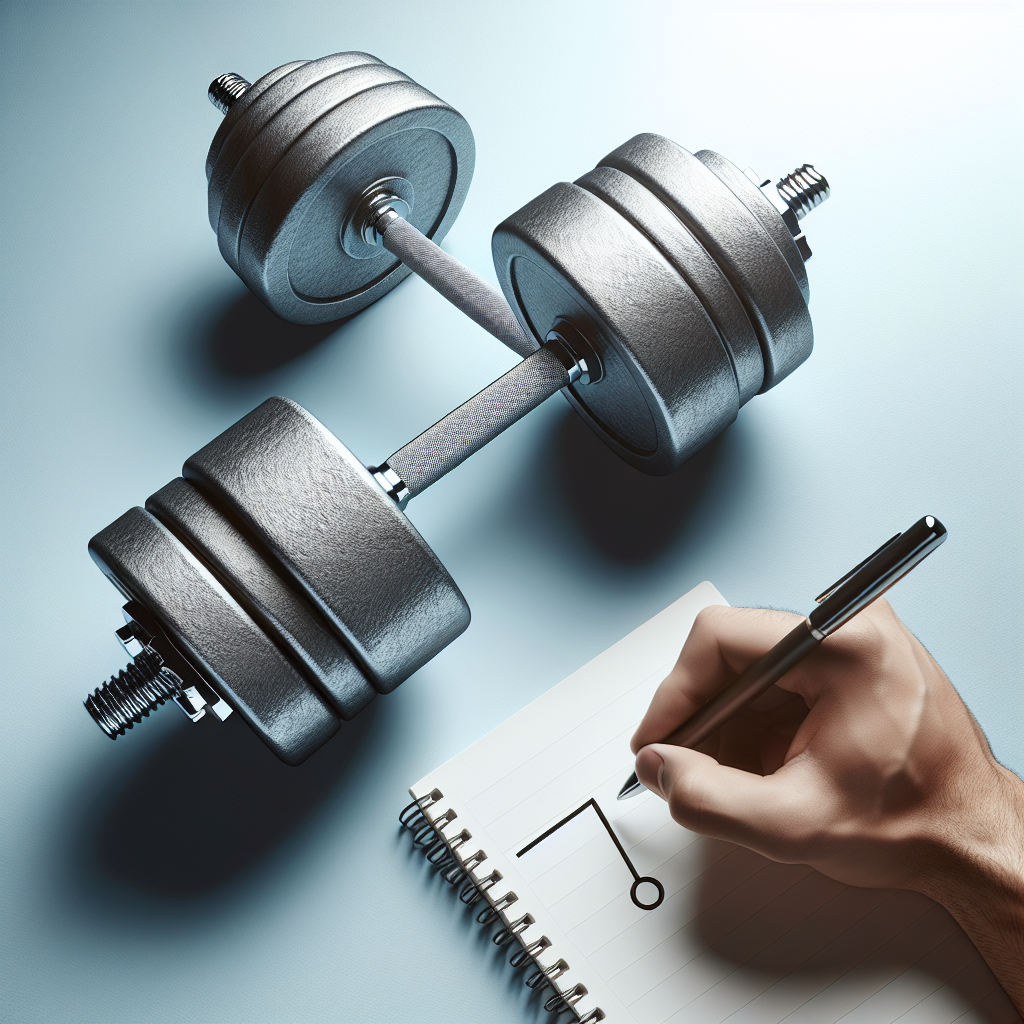In the video “More Reps vs More Weight: The Big Debate” by Magnus Method, he explores the age-old question of whether lifting higher weight or doing more reps is more important in training. Magnus emphasizes that there is no one-size-fits-all approach to fitness, and what works for one person may not work for another. He encourages viewers to experiment with different approaches and find what works best for them and their goals. Magnus discusses the pros and cons of both high rep-low weight and low rep-high weight training, highlighting the importance of training volume in driving muscle mass and hypertrophy. Additionally, he touches on the benefits of lifting heavy weights for strength gain and hormone boosts, as well as the advantages of doing many reps with lighter weights, such as reducing the risk of injury. Throughout the video, Magnus encourages viewers to prioritize proper form and consistency, while also considering personal preferences and goals.
The Importance of Reps and Weight in Training
When it comes to training, one of the biggest debates is whether it’s more important to lift heavy weights or do more reps. The truth is, there is no one-size-fits-all approach to fitness. What works for one person may not work for another. The key is to experiment with different approaches and find what works best for you and your goals.
Different Approaches to Building Muscle Mass
There are different strategies out there when it comes to building muscle mass. Some people believe in doing low weight with high reps, typically around 15 to 20 reps per set. Others believe in lifting heavy weights with low reps, ranging from one to eight reps. Both approaches have their merits and it ultimately boils down to personal preference and what suits your fitness goals.
Understanding Training Volume and Hypertrophy
When it comes to building muscle mass, training volume plays a major role. Training volume is determined by the weight you’re lifting, the number of reps, and the number of sets. Whether you choose to lift heavy weights or perform lighter weights with more reps, as long as the overall training volume is appropriate, you can still drive hypertrophy and build muscle mass.
The Results of Studies on Rep Ranges
Numerous studies have been conducted to compare the effects of different rep ranges on muscle gain. Generally, these studies have found that both high rep, low weight training and low rep, heavy weight training can lead to similar muscle gains. However, it’s important to note that most of these studies are relatively short, usually lasting between eight to ten weeks. Longer-term studies may reveal different outcomes.
Benefits of Heavy Weight and Low Reps
One of the benefits of lifting heavy weights with low reps is the gain in strength. If you’re participating in a strength sport or looking to increase your overall strength, lifting heavier weights with fewer reps is the way to go. Additionally, heavy weight, low rep training has been shown to boost testosterone levels and stimulate the release of growth hormone, which can have long-term benefits for muscle growth.
The Role of Testosterone and Growth Hormone
Testosterone and growth hormone play crucial roles in muscle growth. Lifting heavy weights with low reps has been shown to increase testosterone production and stimulate the release of growth hormone. While short-term studies may not show a significant difference in muscle gains between different rep ranges, it is plausible that lifting heavy weights with low reps could yield better results in the long run due to the hormonal response.
Pros of Lifting Heavy
The primary advantage of lifting heavy weights with low reps is the increase in strength. This type of training is ideal for those who are competing in strength sports or aiming to improve their overall strength. Lifting heavier weights also has the potential to promote greater muscle growth over time, thanks to the hormonal benefits associated with heavy lifting.
Pros of Many Reps at Lighter Weight
Performing many reps at a lighter weight has its own set of advantages. The risk of injury is significantly lower when lifting lighter weights, as it’s easier to maintain proper form. This makes it a favorable approach for individuals who are new to the gym or those who are in a calorie deficit while on a diet. Bodybuilders often incorporate higher reps and lower weights when they are cutting to minimize injury risk while still stimulating muscle growth.
Considerations for Beginners
If you’re new to the gym and just starting your fitness journey, it’s recommended to focus on higher reps at lighter weights. This approach helps you get accustomed to the exercises and work on executing proper form. By gradually increasing the weight over time, you can build a solid foundation and reduce the risk of injury. As you become more comfortable and proficient, you can then start incorporating heavier weights into your routine, if that aligns with your goals.
Conclusion
In the ongoing debate of lifting heavy weights versus performing more reps, it ultimately depends on your personal fitness goal. Whether you’re looking to gain strength or build muscle mass, there are benefits to both approaches. Lifting heavy weights with low reps can lead to strength gains and hormonal benefits, while performing many reps at lighter weights reduces the risk of injury and can be useful in certain circumstances such as when on a diet. The key is to stay consistent, listen to your body, and strive for progress. Experiment with different rep ranges and find what works best for you. Remember, there is no one right answer, and what matters most is finding a training style that you enjoy and that helps you achieve your goals.
